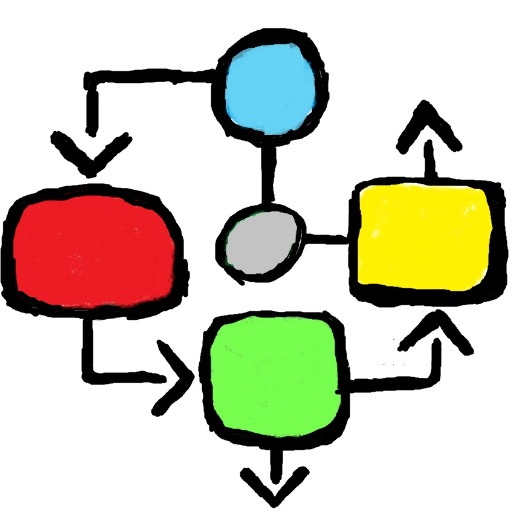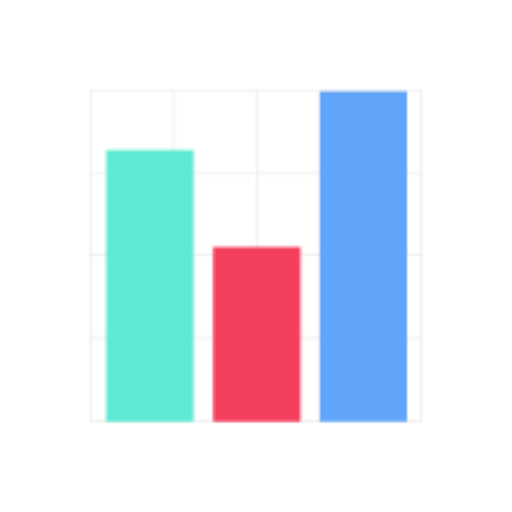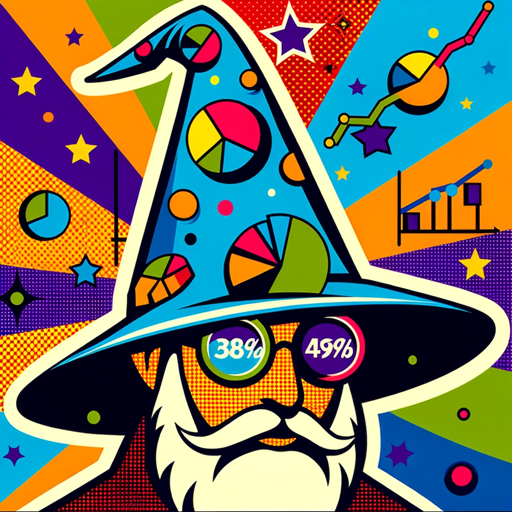Data Visualizer-data visualization tool.
AI-powered data visualization made easy.
Create a binary tree diagram for this data:
Visualize these array elements as a graph:
Convert this set of values into a hash table diagram:
Illustrate this graph data structure from the given input:
Show how these data elements form a tree structure:
Related Tools
Load More
Diagrams & Data: Research, Analyze, Visualize
Complex Visualizations (Diagram & Charts), Data Analysis & Reseach. For Coders: Visualize Databases, UserFlows, ERD, PlantUML and More. For business & data analysis: Mindmaps, Flowcharts and more.

Data Visualization Expert
A data viz expert specialized in creating charts and graphs from user-provided data with the knowledge to apply best practices for visual encoding, accessibility, and offer contextual suggestions for visualization types based on the provided data and inte

Data Visualizer 👉 Graphs 👉 Charts
Creates data visualizations, graphs, and charts.

Data Vizard
A data visualization wizard who can help you create beautiful charts and graphs.

数据图表匠人
我是数据图表匠人,专业将数据转化为图表。请上传想要制作图表所使用的数据,同时告知我你想要制作图表的内容和主题。

Interactive data visualization
Upload a csv or xlsx document and ask a question
20.0 / 5 (200 votes)
Introduction to Data Visualizer
Data Visualizer is a specialized tool designed to assist in visualizing common data structures used in programming and problem-solving contexts. Its primary purpose is to interpret data and convert it into graphical representations, ensuring clarity and accuracy. The tool is tailored for creating diagrams of graphs, trees, arrays, hash tables, and sets, making it highly beneficial for educational purposes, software development, and algorithm design. For example, when working on a complex graph problem on LeetCode, Data Visualizer can help generate a visual representation of the graph, aiding in better understanding and solving the problem efficiently.

Main Functions of Data Visualizer
Graph Visualization
Example
Converting an adjacency list or matrix into a visual graph.
Scenario
A developer is working on a social network analysis project and needs to visualize the connections between users. Data Visualizer can take the adjacency list representing user connections and produce a clear graph, making it easier to analyze and interpret the network.
Tree Visualization
Example
Transforming a binary tree or AVL tree into a visual diagram.
Scenario
A computer science student is learning about different tree data structures and needs to understand how an AVL tree balances itself. By inputting the tree data into Data Visualizer, the student can see a step-by-step visualization of the tree balancing process.
Array Visualization
Example
Displaying arrays and their operations visually.
Scenario
A programmer is debugging a sorting algorithm and wants to see how the array elements are rearranged after each iteration. Data Visualizer can show the array at each step, helping to identify any issues in the sorting logic.
Hash Table Visualization
Example
Creating diagrams for hash tables, including collision handling.
Scenario
A software engineer is implementing a hash table with open addressing for a caching system and needs to explain the concept to the team. Data Visualizer can illustrate how data is stored in the hash table and how collisions are resolved, making the explanation clearer.
Set Visualization
Example
Visualizing set operations such as union, intersection, and difference.
Scenario
An algorithm designer is working on a problem involving multiple sets and needs to visualize the result of various set operations. Data Visualizer can provide diagrams showing the outcomes of union, intersection, and difference operations, facilitating easier analysis and debugging.
Ideal Users of Data Visualizer Services
Students
Students, especially those studying computer science and related fields, can greatly benefit from Data Visualizer. It helps them understand complex data structures and algorithms through visual aids, making learning more interactive and comprehensible. For example, visualizing how a binary search tree operates can make it easier for students to grasp the concept.
Software Developers
Software developers can use Data Visualizer to debug and optimize their code by visualizing data structures and their transformations. This is particularly useful in complex projects where understanding the flow of data is crucial. For instance, visualizing the state of a hash table during development can help identify and resolve issues related to collision handling.
Educators
Educators teaching data structures and algorithms can use Data Visualizer as a teaching aid. By providing visual representations of abstract concepts, educators can enhance their students' understanding and engagement. For example, demonstrating the process of balancing an AVL tree through a visual tool can make the lesson more effective.
Algorithm Designers
Professionals who design algorithms can use Data Visualizer to prototype and test their ideas. Visualizing the data structures involved in an algorithm can help in identifying potential improvements and ensuring correctness. For instance, visualizing graph traversal algorithms can aid in optimizing performance and accuracy.

How to Use Data Visualizer
Visit aichatonline.org for a free trial without login, also no need for ChatGPT Plus.
Access the Data Visualizer tool directly from the website without the need to sign up or subscribe to any premium service.
Upload or input your data
Prepare your data in a compatible format (e.g., JSON, CSV) and upload it to the Data Visualizer tool. You can also manually input data structures for visualization.
Choose the visualization type
Select the type of data structure you want to visualize, such as graphs, trees, arrays, hash tables, or sets.
Customize your visualization
Use the provided customization options to adjust the layout, colors, and labels to match your preferences or specific needs.
Download or share your visualization
Once you are satisfied with the visualization, you can download it in various formats (e.g., PNG, SVG) or share it directly from the platform.
Try other advanced and practical GPTs
Text Reply
AI-powered text refinement tool

Dustin's GMAT CR: Boldface Interactive Tutor
AI-powered tutor for mastering GMAT boldface questions.

Automated Blog Post Writer
AI-powered tool for generating high-quality content

Dating Texts 💬 - Tinder, Bumble, Hinge
Craft AI-powered dating messages that captivate.

Code Mentor
AI-Powered Tool for Smarter Code

Algor-Whiz (AI/Software Consultant)
AI-Powered Solutions for Software and Data

Word
AI-powered Word Mastery Tool

SEO FT Snippet
AI-powered snippets for SEO success.
Master Interview🚀
Master Your Interviews with AI Precision
Interview
AI-Powered Interview Preparation Tool

Interview Coach
AI-powered interview practice for success
AI Create an Email Body
AI-powered email writing made easy.

- Research
- Education
- Analysis
- Development
- Presentation
Frequently Asked Questions About Data Visualizer
What types of data structures can Data Visualizer handle?
Data Visualizer can handle a variety of data structures including graphs, trees, arrays, hash tables, and sets.
Do I need to have advanced technical skills to use Data Visualizer?
No, Data Visualizer is designed to be user-friendly and accessible, even for those without advanced technical skills. The interface is intuitive and provides clear guidance.
Can I use Data Visualizer for academic purposes?
Yes, Data Visualizer is an excellent tool for academic purposes, allowing students and researchers to visualize complex data structures for better understanding and presentation.
Is it possible to integrate Data Visualizer with other tools?
Data Visualizer supports various formats for exporting visualizations, making it easy to integrate with other tools and platforms such as presentation software and document editors.
Are there any limitations on the size of data that can be visualized?
Data Visualizer can handle large datasets, but the performance may vary depending on the complexity and size of the data. It is optimized for efficiency to ensure smooth operation.